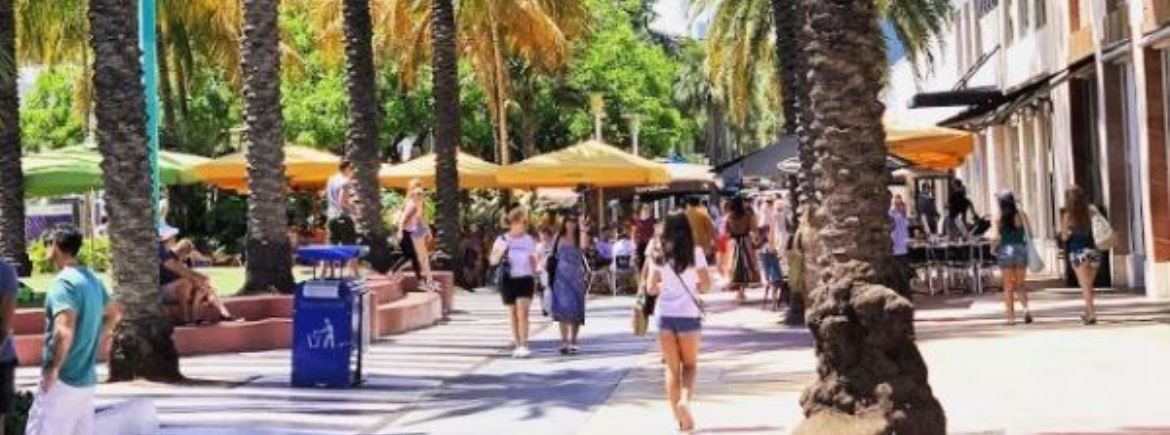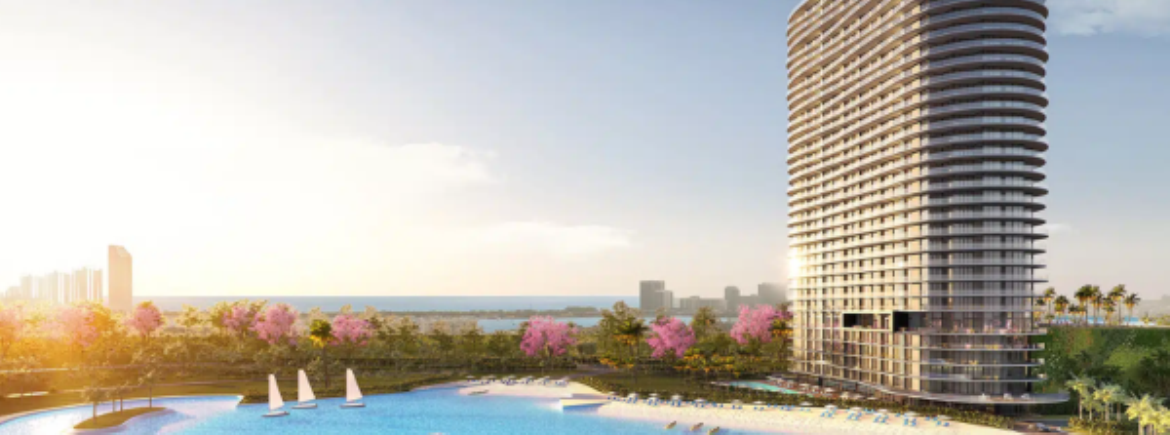
Lenders and special servicers are looking beyond refinancing options when it comes to working with borrowers on commercial real estate loans that are set to mature in the coming months and years, even as those loans increasingly are backing properties facing distress.
According to an analysis by Moody’s Investors Service, the percentage of real estate properties that use commercial mortgage-backed securities debt that are being refinanced is on the decline. Conduit refinance rates were 78.1% and 71.8% in the first and second quarter of this year, respectively, compared to 85.5% in 2019, the year before the Covid-19 pandemic and broader economy upended the commercial real estate market.
“Given the low interest-rate environment that existed before the pandemic, it wasn’t surprising to see so many loans refinanced then, especially if a borrower had a strong debt-service coverage ratio, which measures available cash flow versus debt obligations,” said Matthew Halpern, vice president and senior credit officer at Moody’s Investors Service.
Interest-rate hikes imposed by the Federal Reserve over the past year in the wake of rising inflation have compressed real estate values. Add to that rising vacancy rates and a weaker leasing environment in especially the office sector, and the pressure has increased on building owners with loans coming due in the near term.
“Some loans are performing well from in-place cash flow but are unable to refinance,” Halpern said.
Lenders also have tightened standards in the wake of a more challenging economy and commercial real estate market, with some banks outright saying they’ve stopped new lending to office properties. While fewer loans are getting refinanced overall, there’s been an uptick in the number of performing loans that are past maturity but haven’t been formally extended. That amount, negligible before the pandemic, reached 5.2% in Q1 of this year and 6.9% in Q2.
“That means the borrower is still making interest and principal payments as if the loan hadn’t matured — which typically suggests the borrower is committed to the property,” Halpern said. “Because the overall refinance rate has declined in recent quarters, the number of performing loans past maturity has naturally risen.”
The Moody’s analysis, which only examined CMBS loans, found 16.7% of maturing loans tracked by the firm were delinquent as of the second quarter. That share was much higher in the office sector, with 27.6% of office loans scheduled to mature in Q2 2023 considered delinquent.
Source: SFBJ








